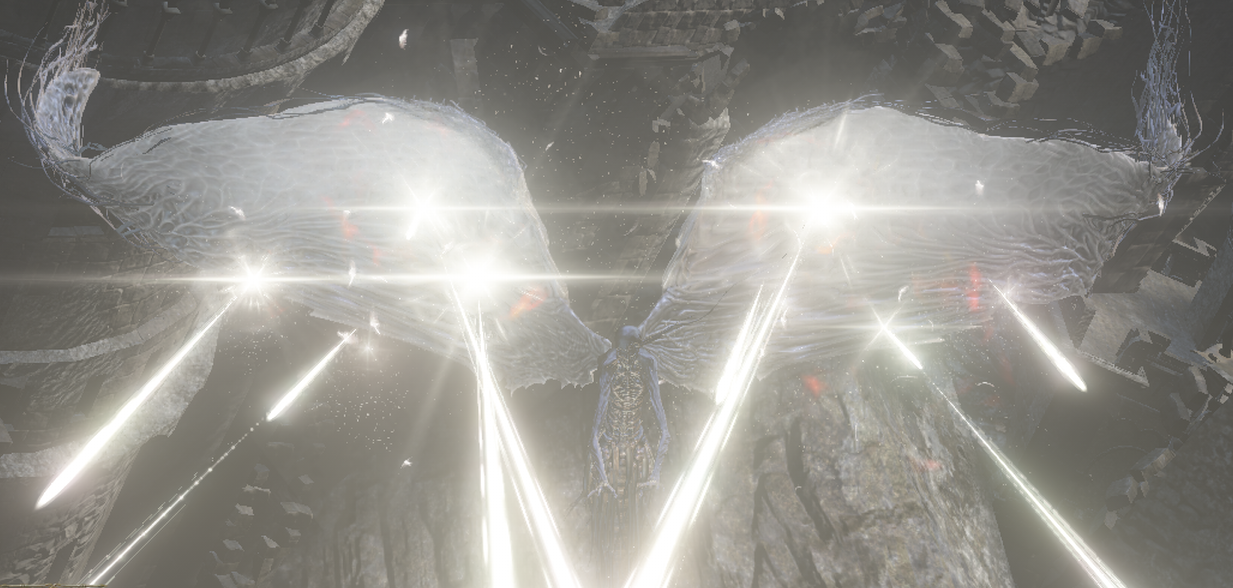

Perhaps the reason The Dreg Heap fails so miserably is that it’s meant as a partial callback to one of the worst areas of Dark Souls II- Earthen Peak, whose ruins you discover midway through the level. There are only three of these angels in The Dreg Heap, but they’re so annoying it feels like there are legions of them.

In the latter category are the angels that bombard you with laser beams and can only be killed by finding their hosts, twisted pilgrim corpses that are often hidden in remote, inaccessible locations. In the former category, we have the Soul Dregs, crawling spirits that take only a few hits to dispatch (I played on NG+4 with a maxed-out weapon) and are only dangerous if they grab you when they first materialize. Its architecture is a mash-up of various regions we’ve previously encountered in DSIII itself, with a heavy emphasis on The High Wall and Lothric Castle, while its enemy population alternates between underwhelming and ludicrously unfair. Sadly, The Dreg Heap is not the best introduction Miyazaki could have given us to this DLC. But without an introductory cutscene, like we had in Ashes of Ariandel, the motivation for the journey remains mysterious. At least From made accessing the DLC less ridiculously obscure than is the norm for them: you can get to it through bonfires in the Sister Friede boss arena and The Kiln of the First Flame. So in The Ringed City we’re pursuing both him and the Dark Soul for… reasons? Seriously, no one ever tells us why we’re doing this. The cliffhanger conclusion to Ashes of Ariandel told us that Slave Knight Gael was searching for “the dark soul of man” to serve as the pigment his “lady” (dubbed Aria by VaatiVidya in his excellent lore videos, so I’ll use that name here) would use to make a new painted world. Remember how the real final boss of Bloodborne was at the end of an “optional” Chalice Dungeon?Īctually, not much about the story in The Ringed City makes much sense. Hidetaka Miyazaki loves tricks like this. There’s an ending, of a sort, but true to form From Software hid it in an area from the previous DLC. And to absolutely no one’s surprise, The Ringed City is just as ambiguous, just as reluctant to provide answers, as any previous installment in the series. Nothing in the realm of Souls/Bloodborne has ever been absolute and definitive, so the notion that we would see a genuine conclusion to the series’ convoluted story arc was highly improbable. I should have been suspicious when Bandai Namco started throwing around phrases like “one last journey” in the marketing for The Ringed City, the second and final DLC for Dark Souls III. SPOILER ALERT: contains spoilers for all of Dark Souls III, but especially for The Ringed City and Ashes of Ariandel.


 0 kommentar(er)
0 kommentar(er)
